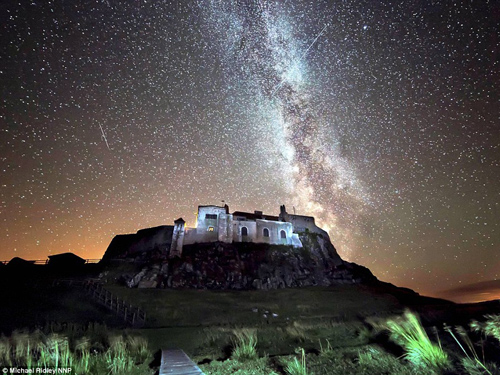
 |
| Spectacular scene of some meteors whizzing across the sky over Lindisfarne Castle, Northumberland (England). |
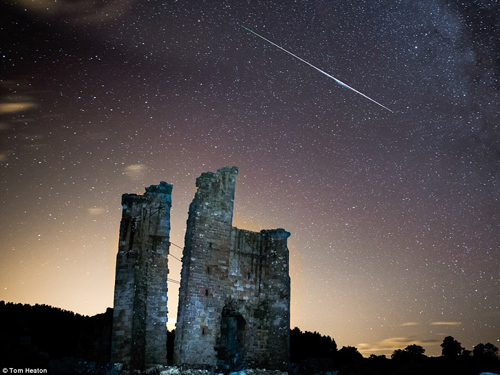 |
| Picture of Perseid meteor shower captured as it reaches peak up to 60 shooting stars/hour. |
Perseids originates from Comet Swift-Tuttle. As the Earth passes the Comet Swift-Tuttle, 27km in diameter, a large mass of meteorites ejected from this comet will enter the Earth’s atmosphere, heat the air and burn up, resulting in the streaks of light called meteor.
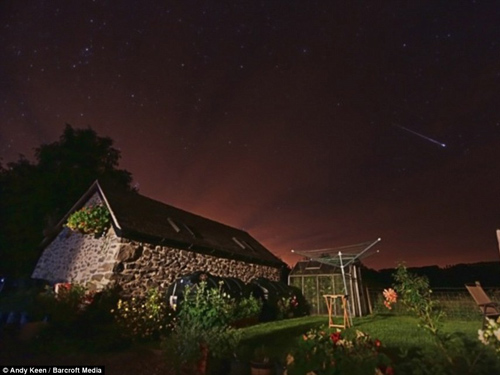 |
| Image of Perseid Meteor captured in Powys, Wales. |
“Comet Swift-Tuttle will not be visiting our planet until 2125. However, we can still see these spectacular images every year through the debris it leaves in its orbit,” said Professor Alan Fitzsimmons of Queen’s University Belfast.
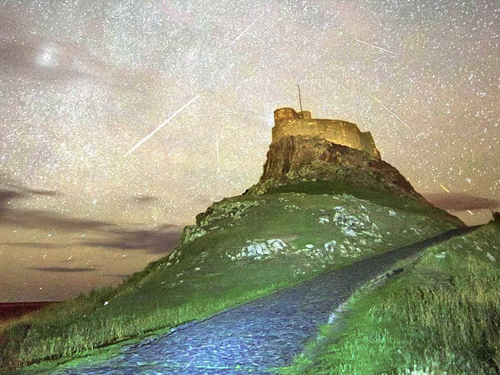 |
| Another sparkling image of Perseid. |
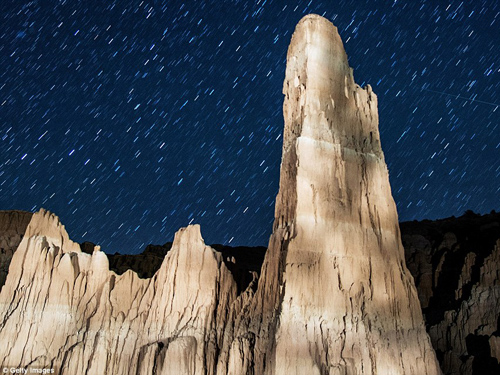 |
| A lot of meteor streaks in Cathedral Gorge State Park (Nevada, America). |
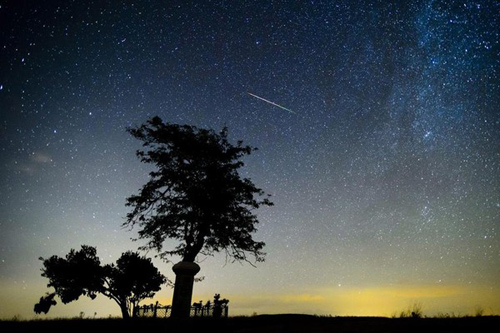 |
| Meteor crosses over top of tree in Salgotarjan, Hungary. |










